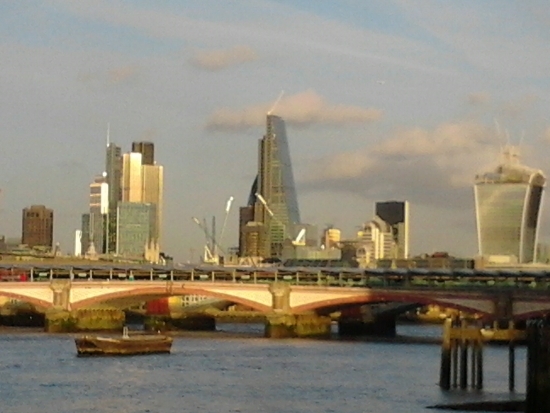Five years after the 2008 global financial crisis was started by the U.S. housing market collapse, the real estate market is on the upswing and is considered a safe haven by investors. With government bonds offering very little in the way of returns and emerging markets appearing fragile at present, investors are turning to residential and commercial properties as a much better bet.

In contrast, properties offer relatively high rates of returns and are an attractive alternative to investing in stocks and bonds. Financial institutions offering managed services in commercial real estate portfolios in the United Kingdom and Europe expect to realise yields of 6-10 per cent. The 10-year British gilt yield is currently just 2.65 per cent and German bonds pay only 1.7 per cent. Investors have the opportunity to diversify their portfolios and get a hedge against potential inflation.
Since the end of May, there has been a big increase in the volume of U.S. investors looking to invest in Europe. Asian sovereign wealth funds are also interested in these markets, too, according to Simon Martin, a partner at Tristan Capital, a private equity firm that focuses on commercial real estate.
These big investors are looking to put 50-150 million euros into projects, according to Mr. Martin. He stated recently that his business is “enquiry-driven,” as opposed to a matter of going around the world seeking out interest from potential investors.
Banks are lending less money now as they look for ways to shrink their balance sheets, and borrowers still have to find a way to refinance around 150 billion euros of commercial real estate loans in Europe over the next few years. Falling real wage rates continue to create a drag on the euro zone’s recovery.
Despite these cautions, money is still flowing into global property funds. According to figures provided by Lipper, assets under management in property funds worldwide grew by $29.8 billion in the first nine months of 2013 to $452.6 billion, representing an increase of 7 per cent.
Japan recorded the biggest increase at $6.53 billion, followed by Europe at $5.15 billion. The United States came in at third place with $4.87 billion, and the UK saw a gain of $3.41 billion.
As overseas investors are investing in the UK, British investors are looking for opportunities abroad. They are attracted by the idea of putting their money into bricks-and-mortar and the idea of being able to achieve a higher yield is definitely pulling them in this direction.